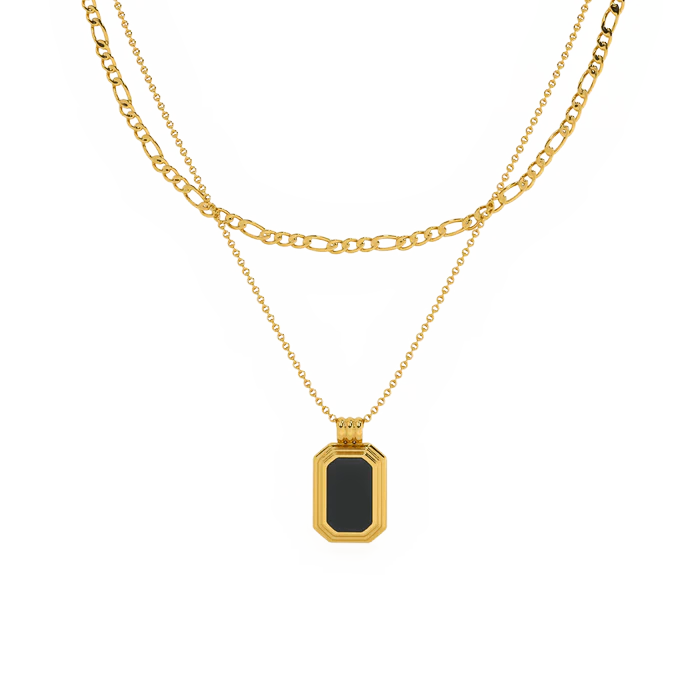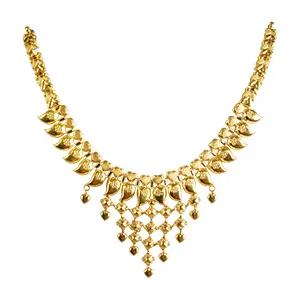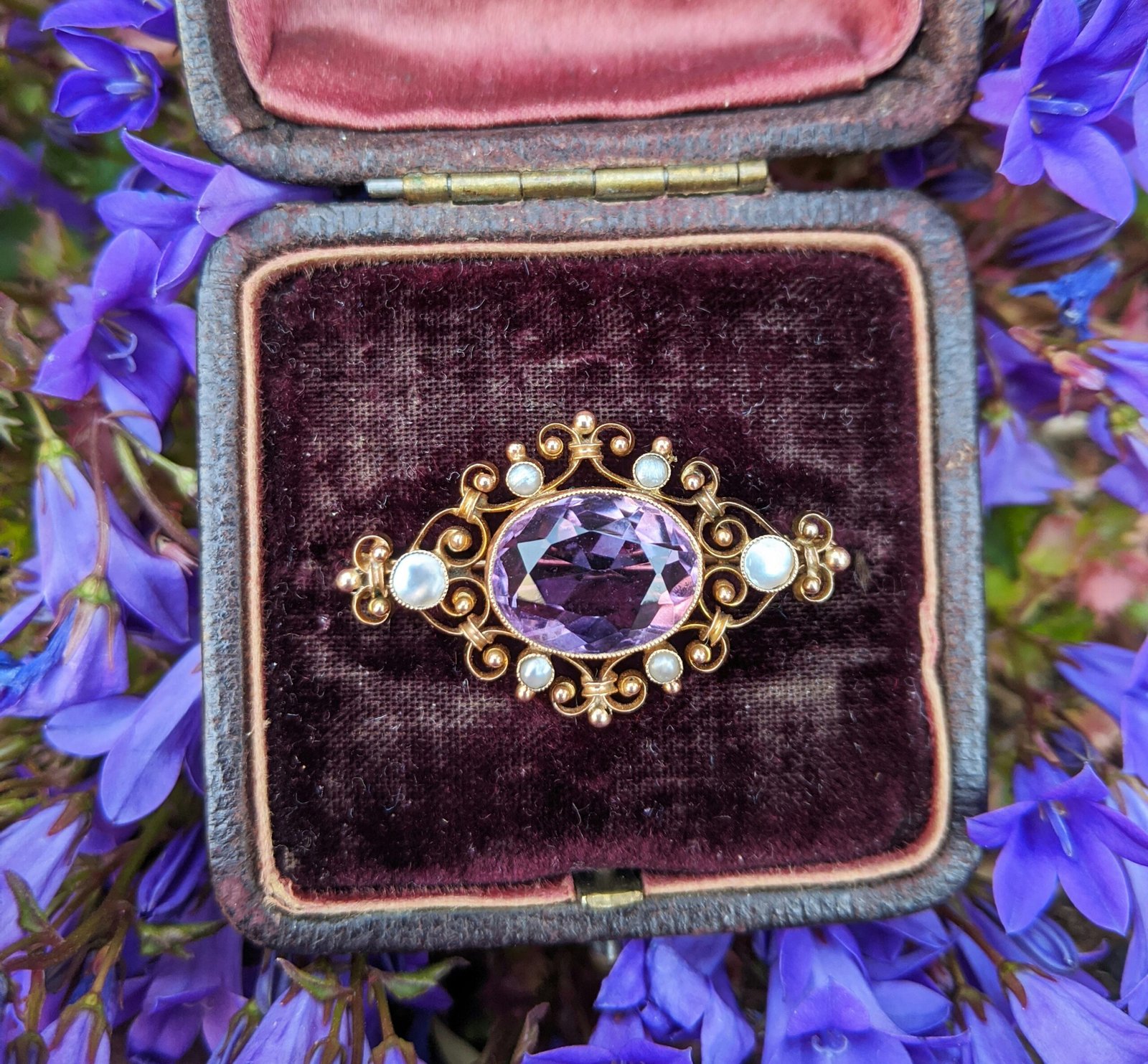The Evolution of Jewelry Through the Ages
Jewelry has served as a powerful form of self-expression and societal status throughout human history. The evolution of jewelry styles reflects not only technological advancements and material availability but also the diverse cultural influences that shaped each era. From the early use of rudimentary materials to today’s complex designs, jewelry has undergone a remarkable transformation over the centuries.
In ancient civilizations, such as those of the Egyptians, jewelry was crafted primarily from gold and adorned with precious gemstones. The Egyptians believed that jewelry held protective powers and often buried their dead with elaborate pieces to safeguard them in the afterlife. This cultural belief paved the way for intricate craftsmanship that remains significant in today’s vintage jewelry collection.
As we move through history, the Renaissance marked a shift towards gemstone-centric pieces, with artisans showcasing their skills in detailed metalwork and enameling. This period saw the rise of adornments that highlighted artistry and personal style, merging practicality with beauty. The Victorian era further transformed the landscape of jewelry, integrating romanticism and symbolism into designs. Pieces often reflected sentiments, such as mourning jewelry, which utilized materials like jet to commemorate loved ones.
The dawn of the 20th century brought about the Art Deco movement, characterized by bold geometric designs and a departure from traditional forms. This era introduced new materials and innovative techniques, merging functionality with aesthetic allure, leading to a richness in the vintage jewelry market that we appreciate today. The advent of modern machinery and mass production empowered the industry, yet the essence of handcrafted artistry remains a cherished aspect of vintage pieces.
In summary, the history of jewelry illustrates a journey through time, revealing how cultural narratives and technological advancements have shaped our understanding and appreciation of these timeless pieces. Each era contributes uniquely to the definition and significance of vintage jewelry, ensuring its continued relevance in contemporary society.
Defining Vintage and Antique Jewelry: What Sets Them Apart
In the realm of jewelry, the terms “vintage” and “antique” represent two distinct categories, each defined not just by their age but also by their unique characteristics and historical significance. The distinction lies in specific time frames; generally, for a piece to be considered “vintage,” it should be at least 20 years old but less than 100 years old. In contrast, antique jewelry is categorized as being at least 100 years old. This chronological difference is crucial for collectors and enthusiasts alike as it informs the perceived value, desirability, and historical context of the pieces.
When examining vintage jewelry, one might encounter designs that reflect particular periods, such as Art Deco or Mid-Century Modern. These styles are characterized by their innovative use of materials and craftsmanship, often associated with specific cultural and artistic movements. Craftsmanship in vintage pieces is typically defined by hand-finished details, high-quality gemstones, and a level of artistry that may not be as prevalent in contemporary mass-produced items. This craftsmanship not only adds to the visual appeal but also significantly impacts the piece’s value in the eyes of collectors.
On the other hand, antique jewelry often showcases the intricate artistry of past eras. It may exhibit properties such as intricate hand engraving, old-cut diamonds, and unique settings that highlight the skills of artisans from centuries ago. Moreover, provenance plays a considerable role in elevating the status and price of both antique and vintage jewelry. A well-documented history of ownership can transform a relatively ordinary piece into a highly sought-after treasure. Thus, understanding the nuances of vintage and antique jewelry is pivotal for appreciating these timeless artifacts and recognizing their contributions to the broader tapestry of our cultural heritage.
Iconic Vintage Jewelry Styles and Their Cultural Impact
Vintage jewelry captivates collectors and enthusiasts alike, often reflecting the cultural and societal values of its time. Three notable styles that have left a significant mark on jewelry design are Art Nouveau, Georgian, and Mid-Century Modern. Each style encapsulates distinct design elements and carries profound cultural significance.
The Art Nouveau movement, flourishing between 1890 and 1910, is characterized by its organic forms, flowing lines, and incorporation of natural motifs. Artists such as Alphonse Mucha and René Lalique brought this style to life, utilizing materials like enamel and semi-precious stones to enhance their creations. This era was a reaction against the industrial revolution, emphasizing craftsmanship and nature, making Art Nouveau jewelry not only an adornment but also a statement of individuality and appreciation for art. Its influence continues to resonate in contemporary designs, where whimsical, nature-inspired elements remain popular.
Transitioning to the Georgian era, which spanned from 1714 to 1830, we find a unique blend of elegance and nostalgia. Georgian jewelry often features intricate detailing, with designs that include floral motifs and elaborate settings. Craftsmen during this period employed techniques such as foil-backed stones and intricate metalwork to create captivating pieces. The cultural backdrop of the time, marked by the rise of the British aristocracy, is reflected in the opulence of Georgian jewelry. Today, its vintage pieces inspire modern artisans, proving that elegance is truly timeless.
Lastly, the Mid-Century Modern style, emerging in the mid-20th century, represents a departure from traditional forms, embracing minimalism and geometric shapes. Designers like Jean Schlumberger and Harry Winston transformed the landscape of jewelry design, incorporating innovative materials such as acrylic and bold colors. This period coincided with significant social change, particularly in attitudes toward fashion and self-expression. The enduring legacy of Mid-Century Modern jewelry is evident in the contemporary shift toward innovative and minimalist designs.
Each of these vintage jewelry styles brings a unique narrative that continues to influence contemporary artistry and fashion, underscoring the timeless appeal of well-crafted adornments.
Caring for Vintage Jewelry: Essential Tips
Collecting vintage jewelry requires not only a passion for beautiful pieces but also an understanding of how to maintain and care for them properly. The delicate nature of many antique items necessitates a gentle approach to cleaning and storage. When it comes to cleaning, it is advisable to use a soft cloth to wipe the jewelry after each wear to remove oils and dirt from the skin. For deeper cleaning, a mild soap mixed with warm water can be used. However, caution should be taken not to use abrasive materials or harsh chemicals that could damage the original finish or set stones.
Storage Techniques for Vintage Pieces
Correct storage also plays a crucial role in preserving the integrity of vintage jewelry. Ideally, each piece should be stored separately to prevent scratches and tangling. Using padded jewelry boxes or anti-tarnish pouches can keep pieces safe from oxidation and dust. Additionally, storing jewelry in a low-humidity environment can mitigate the risk of deterioration over time.
Finding Authentic Vintage Jewelry
When looking to expand one’s collection, it is essential to know where to find authentic vintage jewelry. Auctions and estate sales provide excellent opportunities to discover unique pieces often accompanied by interesting histories. Online platforms specializing in antique jewelry can also be valuable resources; however, it is vital to ensure the seller has a solid reputation. Researching provenance is crucial as well, as it not only helps determine the historical value of a piece but also its potential worth in the modern vintage jewelry market.
Restoration Considerations
Should any piece require restoration, it is advisable to consult with a professional who specializes in vintage jewelry to retain its authenticity. Understanding the balance between restoration and preservation is key, as some collectors prefer to keep items in their original state, while others may opt for careful restoration to enhance wearability. Ultimately, knowledge and a hand in care contribute significantly to the appreciation and longevity of vintage jewelry collections.









